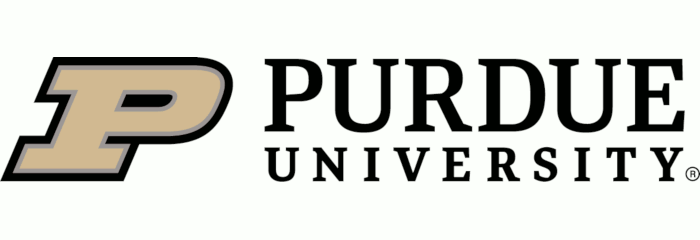
20 Best Veterinary Medicine Programs 2020
These are the best veterinary schools based on median starting salary for graduates. Texas A&M tops the list, with alumni of the DVM program earning a median of $79,300 in their first year after graduating. Veterinarians graduated with significant amounts of debt; the lowest median debt for graduates is $111,515 at University of Wisconsin - Madison.
Tuition, median salaries, and median debt were reported by the U.S. Department of Education in November 2019. View our methodology for more details about these rankings or read more about the top-ranked schools.
| School | Annual Tuition | Median Debt | Median Salary |
|---|---|---|---|
| Purdue University - Main Campus | $28,794 | $132,496 | $78,300 |
| University of Florida | $30,130 | $172,395 | $76,200 |
| University of Missouri | $29,952 | $153,973 | $75,600 |
| Iowa State University | $28,185 | $132,002 | $72,100 |
| Kansas State University | $23,977 | $173,999 | $70,600 |
| University of Georgia | $26,576 | $133,263 | $70,100 |
| North Carolina State University | $30,906 | $135,753 | $70,000 |
2020 Best Colleges Highlights

Purdue University’s main campus in West Lafayette, Indiana, hosts the school’s College of Veterinary Medicine. Candidates with the completed bachelor level prerequisite courses and demonstrated leadership ability can apply to the Doctor of Veterinary Medicine (DVM) degree. This four-year program prepares its graduates for several careers in the veterinary field, as well as potential career opportunities in public health, wildlife conservation, and marine biology. Students will benefit from small class sizes and direct interaction with faculty. Moreover, they will begin working with animals from the very first semester.
The curriculum is founded on team-based problem solving and real-world experience. Students can integrate with faculty research opportunities and participate in community engagement like the Priority 4 Paws mobile surgical unit, which travels to local animal shelters to provide spay and neutering clinics. DVM students practice their surgical skills on models and cadavers and advance to neutering surgeries in their third year. Students will gain hands-on experience at the Purdue University Veterinary Teaching Hospital, which has facilities for large animals, small animals, emergency services, and primary clinics. Dual degree options include a four-year MS or seven-year Ph.D., with concentrations in immunology and infectious diseases, cancer, neuroscience, and animal welfare.

The College of Veterinary Medicine through the University of Florida offers a 150-credit, nine-semester DVM degree. The curriculum is founded on a three-phase model with an emphasis on skills and topics such as critical thinking, career opportunities, moral ethics and leadership, and the advancement of humane animal care.
The first year of study is dedicated to science basics, though students will begin practicing clinical work in the Clinical Techniques Laboratory. The second year expands on diagnostics and treatment, while the third and fourth year consists of clinical rotations, elective courses, and advanced study. Students may also choose to participate in an externship, where they work in private practice or specialty clinics, including opportunities abroad, in government, and in academia. Students may also apply for a dual degree option with a Master of Public Health (MPH). Interested candidates should complete prerequisite coursework in biology, microbiology, genetics, chemistry (organic and biochemistry), physics, and statistics. Applicants should also have experience in small and large animal clinics.

The four-year Doctor of Veterinary Medicine (DVM) degree through the University of Missouri hosts a professional curriculum, a teaching hospital, advanced research, and specialized training. Faculty mentor and match students to opportunities in their individualized interests. Students selected for a faculty-mentored research project receive a stipend during their research summer. A dual-degree option with a Master of Public Health is also offered.
The first two years of the DVM degree are spent in classrooms and laboratories, taking foundation courses such as Veterinary Anatomy, Neuroscience, and Reproductive Biology. The third and fourth years are defined by clinical blocks in a variety of subjects including equine medicine, small animal emergency medicine, and clinical ophthalmology. Interested applicants must submit a GRE score and 60 credits of prerequisite coursework, including classes in the biological and social sciences. Applicants are also expected to have completed hands-on experiences with different kinds of animals, as well as observations in a veterinary medical practice.